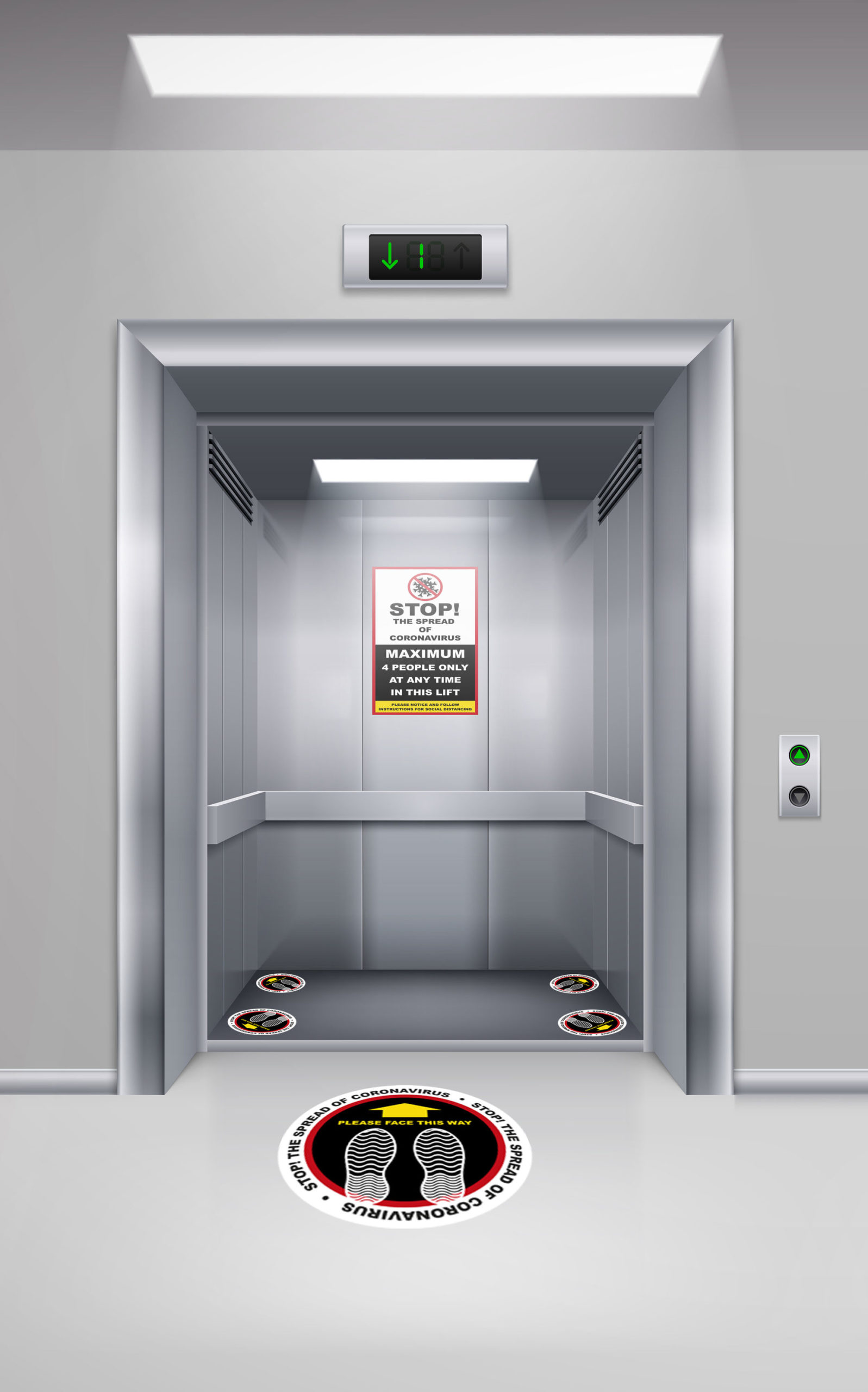Leading Lift Companies in London: Offering Top Quality Installations and Upkeep
Leading Lift Companies in London: Offering Top Quality Installations and Upkeep
Blog Article
Exploring the Globe of Elevators: Common Problems Faced by Different Lift Mechanisms
As we navigate with the upright transportation systems of modern buildings, elevators stand out as a vital part of our daily lives. From hydraulic elevators to traction systems and machine-room-less designs, each lift type comes with its set of typical problems.
Hydraulic Lifts
Hydraulic lifts, usually preferred for low-rise buildings, utilize fluid pressure to manage the motion of the elevator automobile (lift repair companies). This system entails a hydraulic pump pressing oil right into a cyndrical tube, triggering the lift to relocate in the preferred instructions. While hydraulic elevators are understood for their peaceful and smooth operation, they do include their own set of common issues
One prevalent problem with hydraulic elevators is oil leak. The seals in the hydraulic system can wear with time, bring about oil infiltration. This not just produces a mess however can likewise affect the elevator's efficiency if left unaddressed. Furthermore, problems with the control system, such as malfunctioning shutoffs or a malfunctioning pump, can cause disruptions in the elevator's movement.
Routine upkeep and punctual repair services are important to guarantee the smooth performance of hydraulic lifts. By dealing with these common problems proactively, building proprietors can lessen downtime and ensure the safety and security and effectiveness of their vertical transport system.
Traction Lifts
When thinking about upright transportation systems in structures, one more common kind other than hydraulic lifts is the traction lift. Traction lifts run utilizing a system of ropes and counterweights that move the lift cars and truck by gripping onto the hoist ropes. This system permits smoother and quicker vertical transportation contrasted to hydraulic systems.
One of the usual issues dealt with by traction elevators is rope wear. The consistent movement of the ropes within the grip system can lead to tear and put on in time, possibly causing the elevator to breakdown or become dangerous for usage. Routine examinations and maintenance of the ropes are necessary to ensure the elevator's appropriate performance and safety.
One more concern that traction elevators may experience is related to the control system. Problems with the control system can bring about issues such as erratic motion, hold-ups in response times, or also full shutdowns. Regular screening and maintenance of the control system are essential to avoid such concerns and make sure the lift's reliability.
Machine-Room-Less (MRL) Elevators

Among the key parts of MRL elevators is the portable gearless traction equipment that is set up within the hoistway. This equipment effectively drives the lift cars and truck without the need for large equipment discovered in standard traction elevators. In addition, MRL elevators commonly utilize a weight system to balance the cars and truck, further boosting their power effectiveness.
Despite their advantages, MRL lifts might encounter challenges connected to repair and maintenance due to the restricted area for tools installment. Ease of access for servicing elements within the shaft can be restricted, calling for specialized training for technicians. Proper maintenance routines and routine examinations are crucial to ensure the continued smooth operation of MRL elevators.
Overloading and Weight Limitation Issues
Are lifts furnished to manage excess weight lots successfully and securely? Overloading and weight limit issues are crucial issues in elevator operations. Lift suppliers layout raises with certain weight capabilities to guarantee passenger safety and equipment long life. Going beyond these weight limitations can result in various problems, consisting of mechanical failings, delays, and safety hazards.
When elevators are strained, it puts too much stress on the motor, wires, and other components, possibly causing breakdowns or breakdowns. Security devices such as sensors and overload sensing units are in area to stop elevators from relocating if they spot excess weight. Additionally, surpassing weight restrictions can result in boosted power intake and damage on the elevator system.
To minimize straining problems, constructing managers need to prominently show weight restrictions in elevators and inform occupants on the significance of sticking to these restrictions - lift repair companies. Routine upkeep checks by certified service technicians can additionally help make sure that lifts are running within safe weight specifications. By resolving overloading and weight limitation problems proactively, structure owners can improve lift safety and security and effectiveness
Electric System Failings
Going beyond weight restrictions in lifts can not only lead to mechanical issues yet additionally possibly contribute to electrical system failings within the lift framework. Electrical system failures are a critical problem in lift operation, as they can cause unanticipated closures, malfunctions, or even safety and security dangers.
Furthermore, power surges or variations in the electrical supply can also interfere with the lift's operation, influencing its performance and safety. These electric disturbances can harm delicate elevator parts such as control panels, motherboard, or sensing units, resulting in system failings. Routine maintenance and assessments are important to identify and we maintain lifts attend to potential electric issues without delay, guaranteeing the safe and effective operation of elevator systems. By sticking to weight limitations and performing routine electric system checks, building proprietors can mitigate the threat of electrical failings in elevators.
Final Thought

Hydraulic elevators, usually chosen for low-rise structures, utilize fluid pressure to regulate the movement of the lift car.When thinking about upright transportation systems in structures, an additional common kind apart from hydraulic elevators is the traction lift. Traction elevators run making use of a system of ropes and counterweights that move the lift car by grasping onto the hoist ropes. Unlike typical elevators that require a different equipment room to house the devices, MRL lifts incorporate many of the components within the shaft, getting rid of the requirement for a committed machine space.In final thought, lifts encounter common issues such as hydraulic malfunctions, grip system failures, and electric system troubles.
Report this page